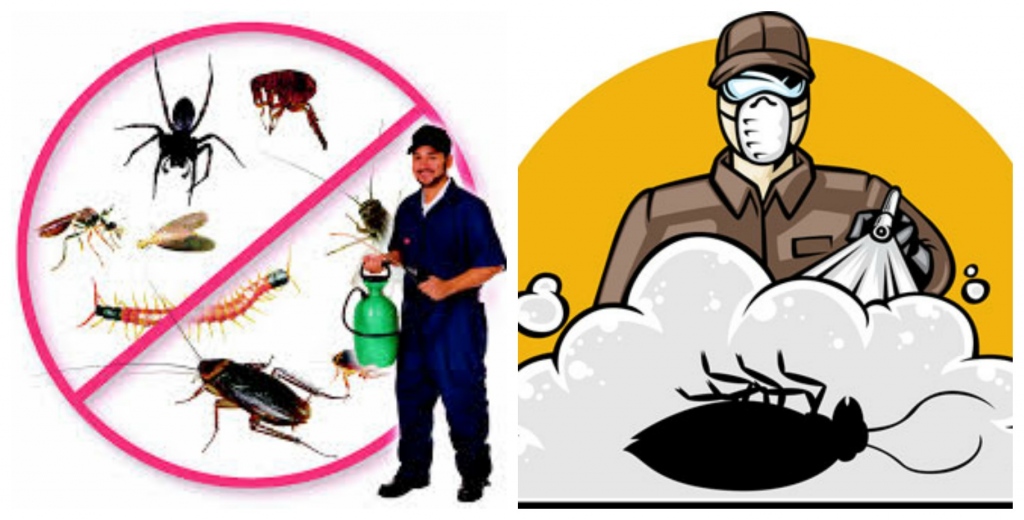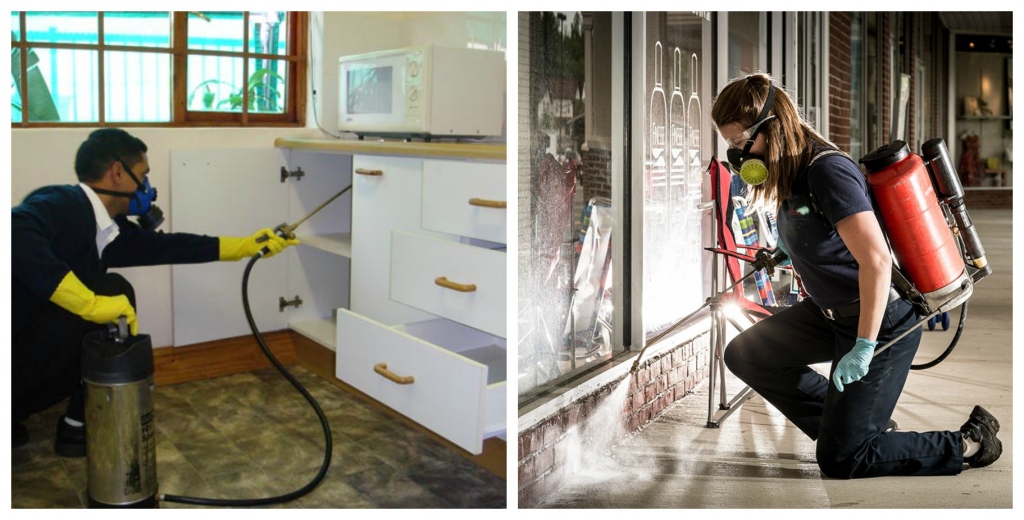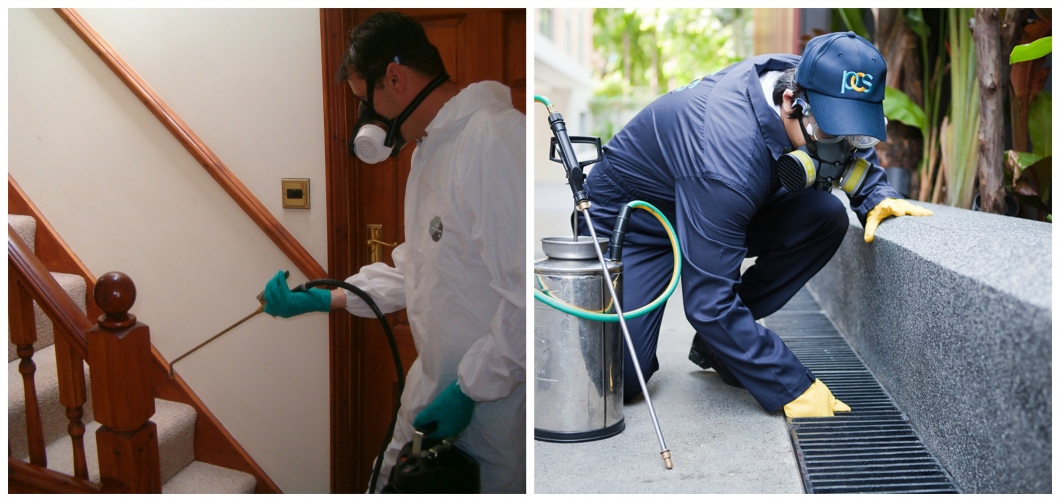The problem with household pests is that they breed in large batches and that they are mostly invisible during the day. However, it is easy to recognize the signs of infestation that call for action or professional assistance. There are various meddling types of pests that you need to familiarize with.
House Mice
With the chill of autumn their acute sense of smell leads them unmistakably to our homes, and the warmth or of the interior makes feel at home. Once inside mice can be told by their 3-6 mm pellet droppings and a distinct odour. As a prevention all cracks and openings need to be sealed to keep them outside. In addition, food should be kept in sealed containers or glass jars. Mice infestation is best taken care of by professionals.

Bed Bugs
Flat, reddish brown insects the size of an apple seed that feed on human blood. They are hiding in including mattress seams, sheets, furniture, behind baseboards, electrical outlet plates and picture frames during the day and come out to feed at night. They can be picked in hotels, stores, gyms, public transport, almost everywhere. Unless you are dealing with serious infestation, visual inspection of furniture and washing the bed sheets on high temperature may keep them at bay.
Earwigs
Easily recognized by a pair of pincers at the end of abdomen, contrary to popular belief these insects do not enter human ears but can be a real nuisance on porches and patios, especially during evening when they get out of crevices and damp areas to feed, , and the change of weather may drive them into homes. Identified visually, they may infest various rooms in the house, so pest control supplies providers recommend using different types of insecticides for success.
Moths
Recognized by two pairs of scaly wings, moths vary in size and colour. However, most house infesting species have the wingspan not larger than 2 cm and are grey or reddish brown. Among other things, their diet includes various pantry items and natural materials like silk, wool, fur, hair an feathers. They are hard to see during the day unless startled. Minimize their presence by inspecting food and produce that you bring in, especially grains as well as minimize the outdoor light use as they are attracted to it.

Mosquitoes
Recognized by their long legs and a head with a proboscis, some species are feeding solely on nectar, while more pesky ones’ diet on blood of mammals. During the day they prefer cool and shady areas like cellars. Of all pest species they are the easiest to identify as they openly target humans all night long. Mosquito control involves emptying water containers and reservoirs where they breed combined with chemical product treatments.
Mites
Among thousands species of mites, they are predominantly smaller than 1 mm and have four pair of legs. Some species are parasitic and some vector diseases. Due to their small size, they are hard to see even in plain light without a magnifying glass. Some species, like scabies, can cause skin irritation and need medical treatment.
As pests evolve, so do pest control professionals. Even if you are not met with a full-scale invasion, they can give you good advice on prevention, which is always a better and healthier option than weapons of mass destruction in their arsenal.

